If there is one thing inevitable about every golfer, it’s that at some point in time they are going to get a bad break on the golf course. It may be a bad kick, a divot in the middle of the fairway, a buried lie in the sand or a putt lipping out. Probably the most fun and exciting part of the game of golf is the amount of good and bad breaks that can happen during a round. There are so many elements on the golf course, that nature is bound to throw you a few “unfair” bounces and lies on occasion.
Several years ago Jordan Speith had an incident when a camera or phone went off in his backswing from the greenside bunker during the playoff at the Shell Houston Open. Initially, he got upset but he gathered himself and went on to try and make the putt to stay in the playoff. These were his words afterward, “I am not sure what happened. I heard something or maybe it was just me. It’s not an excuse. I had a good lie but just got down into the sand a lot quicker than I would normally do there and caught the ball fat. It has been a great Easter Sunday and I was happy with the way I played down the stretch. I am taking a lot of momentum to Augusta. I have felt very comfortable in these last three out of four weeks that I have played. I have been a lot more comfortable when taking on more and more pressure so that gives me a lot of confidence.” It was pretty clear that he flinched on his backswing, causing a poor bunker shot, but he has learned that you can’t make excuses, you have to take the good with the bad, and you have to focus on the positives from the round.
This is just one of the many examples where a player got a bad break at the worst time possible. Yes, pro players clearly frustrated in the moment, but after years of mentally training themselves to handle adversity, they know how to let go of the frustration, control what they can control, and hit the best shot possible.
Many times on the golf course it is easy to let a bad break affect your mental state. You hit a perfect shot that is 2ft from kicking onto the green and rolling near the hole, but instead, it takes a bad kick right into the bunker. Or you hit what you think is a great putt that rolls over something on the green and knocks it offline. Bottom line, both while on the golf course and after your round you must stop and ask yourself this, “Did I hit that shot with full commitment and confidence?” If the answer is yes, then there is absolutely no reason to put any more energy into the result of the shot. You have to give yourself the credit that you did everything you could to hit the shot you needed to. You CANNOT control the bad breaks you get on the golf course.
Now there is another side to this story. For example, you leave your tee shot slightly out to the right, it then hits a tree and kicks deep into the woods. Yes, many people would get upset at the bad break because it went from just a slightly miss hit tee shot, to a really bad lie in the woods. In this instance, you still must collect your thoughts and realize that, bad break or not, you have to focus on the shot at hand and make the most of the hole. Afterward, reflect back on the tee shot and ask yourself the same question “Did I hit that shot with full commitment and confidence?”. If the answer is no, then address what might have caused the hesitation and fear in the shot that lead you to push the tee shot out to the right. Focus on that part of the shot and figure out how you can improve the next time. Don’t let the bad break become the excuse for the shot.
I struggled with this a lot in my own golf career. I always felt like I got the bad breaks while other players got the good ones. My ball would be the one that would kick into the water or land a foot short of the ridge and roll back down or end up in a divot in the middle of the fairway. I would let this affect my attitude and mentality on the golf course. Eventually, I learned how to laugh about the bad breaks and just know that it was out of my control. I would force myself to find a way to chuckle a bit at the bad lie or bad kick or bad luck of the draw with the weather. I learned how to embrace it and accept the challenge of making the most of it. Once I learned how to do that it was amazing how many “good breaks” I started to get, mainly because I learned to focus on those instead of always focusing on those few bad breaks. I would figure out if I did anything wrong in my process or mental thinking that led to the bad break and make notes on how to improve on that next time around. But I would put most of my focus on the things that I did well and make that the forefront of my learning that day. This completely changed my perception of my rounds and helped me to walk away from bad breaks with a totally different attitude.
Letting bad breaks and excuses affect your round are two areas of the game that might be some of the easiest to control. Mainly because they are simply just a reflection of how you are thinking and allowing yourself to react. There is nothing physical going on, no outstanding golf skill is required, it is just allowing yourself to not be affected by the bad breaks and not creating excuses to blame outside agencies. Even if the bad break was completely out of your control and you know 100% that it caused the missed shot, you still can’t let it affect how you think and react. Just like Jordan Speith said “I heard something or maybe it was just me. It’s not an excuse.” He can’t control what happened but he can control how he handles it and how he moves forward.
Quotes courtesy of:
http://www.theguardian.com/sport/2015/apr/06/jordan-spieth-jb-holmes-johnson-wagner-shell-houston-open-play-off


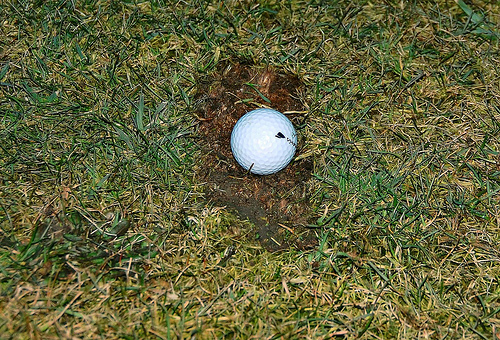
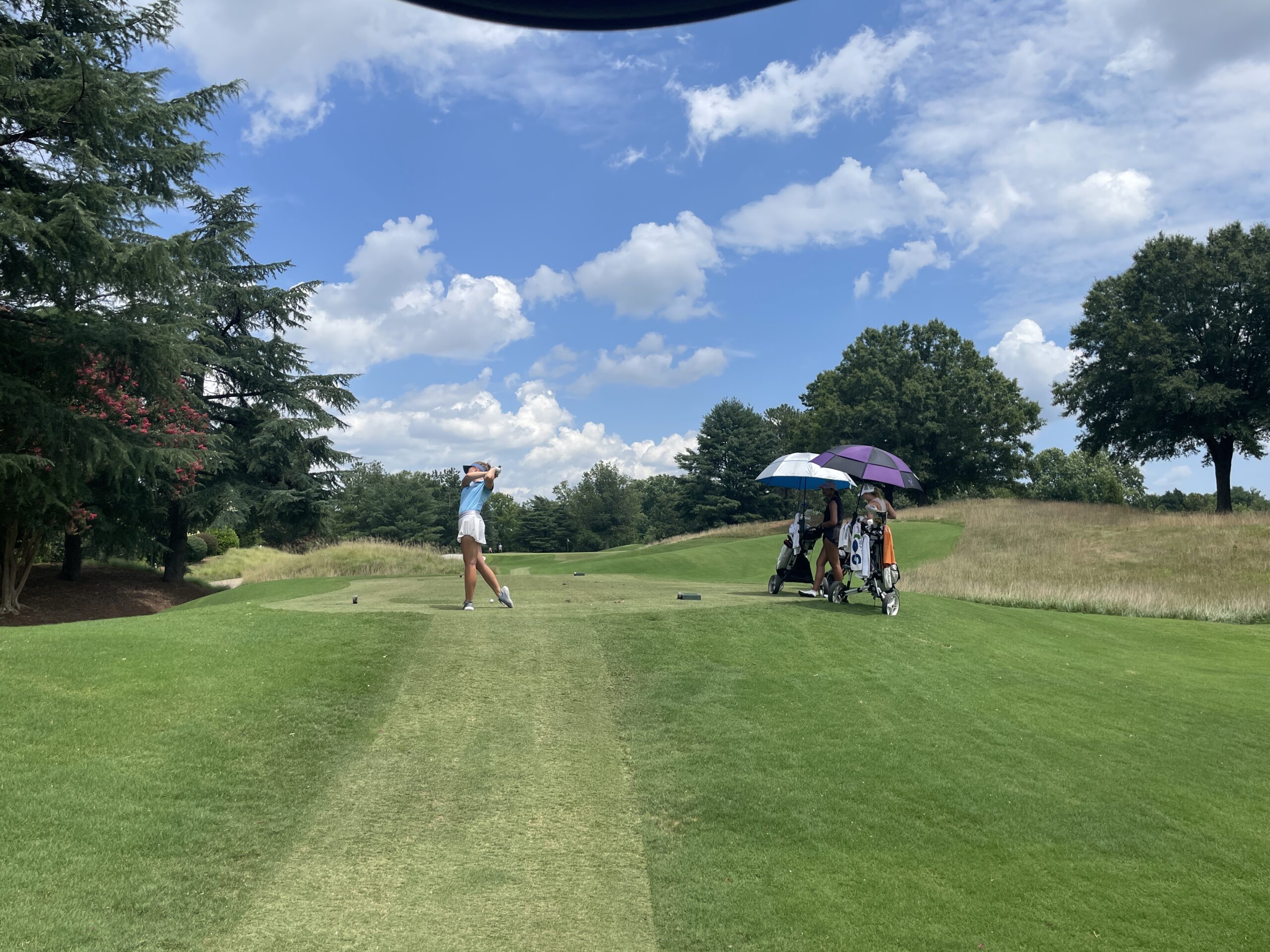
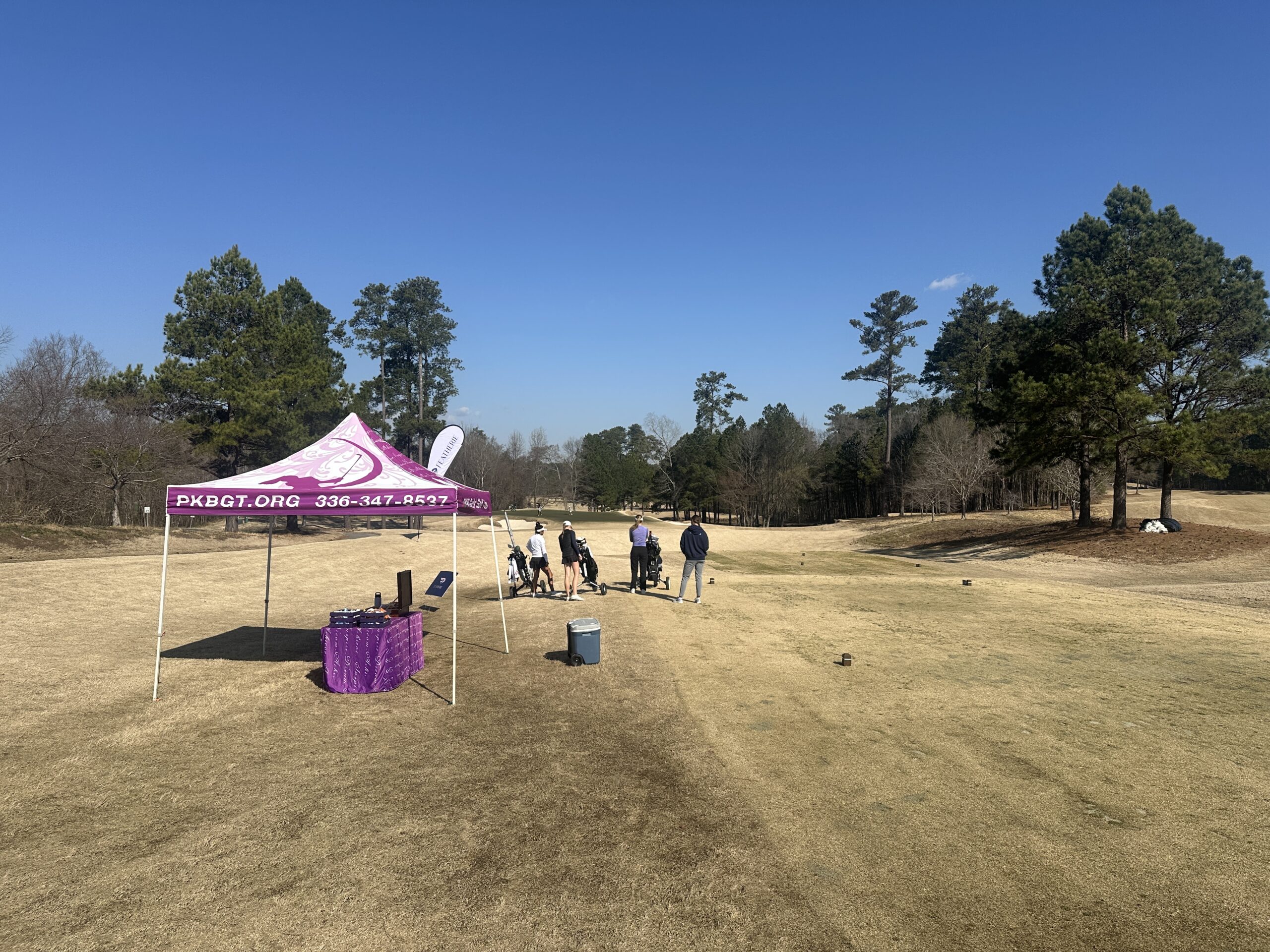
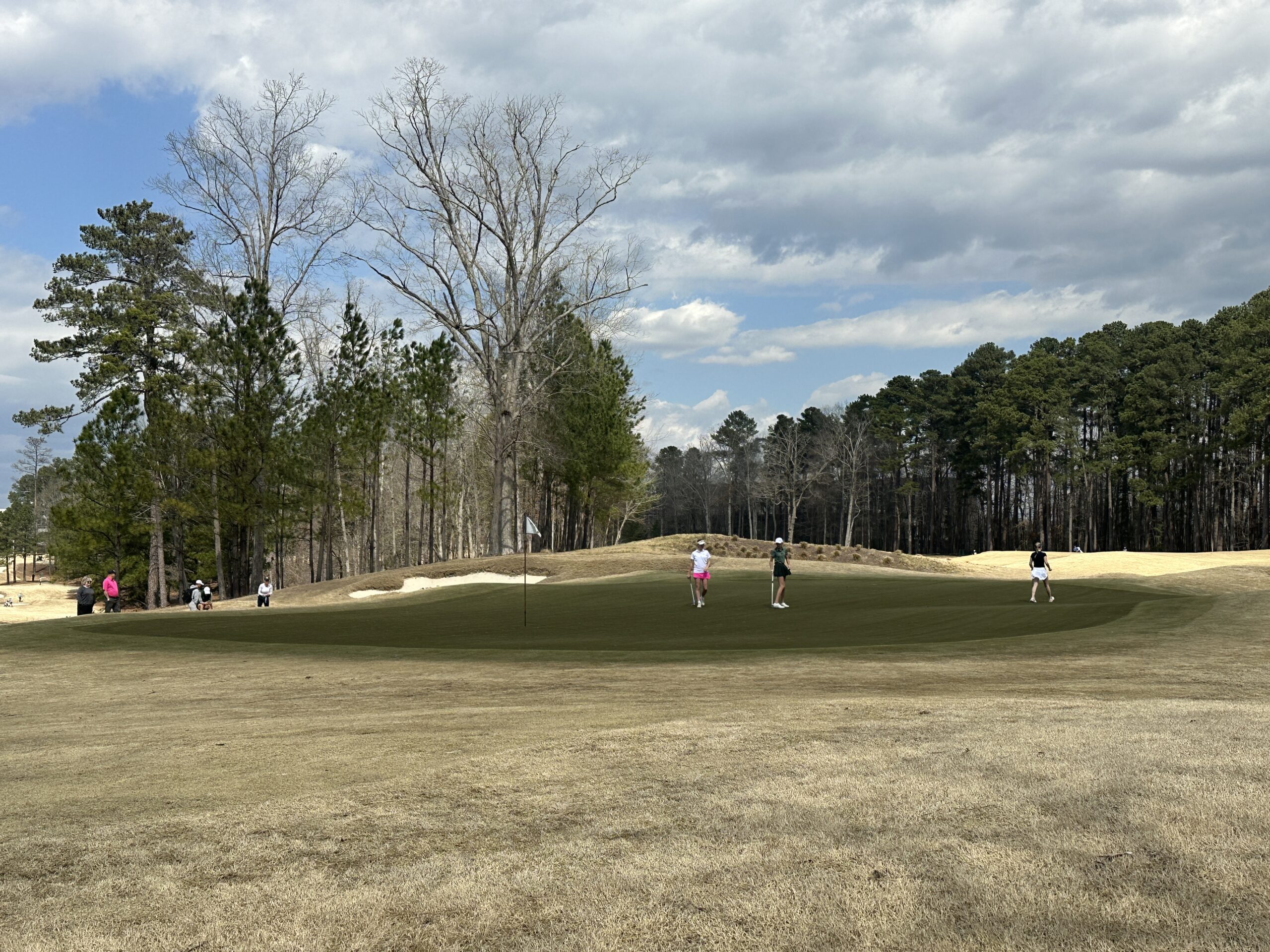
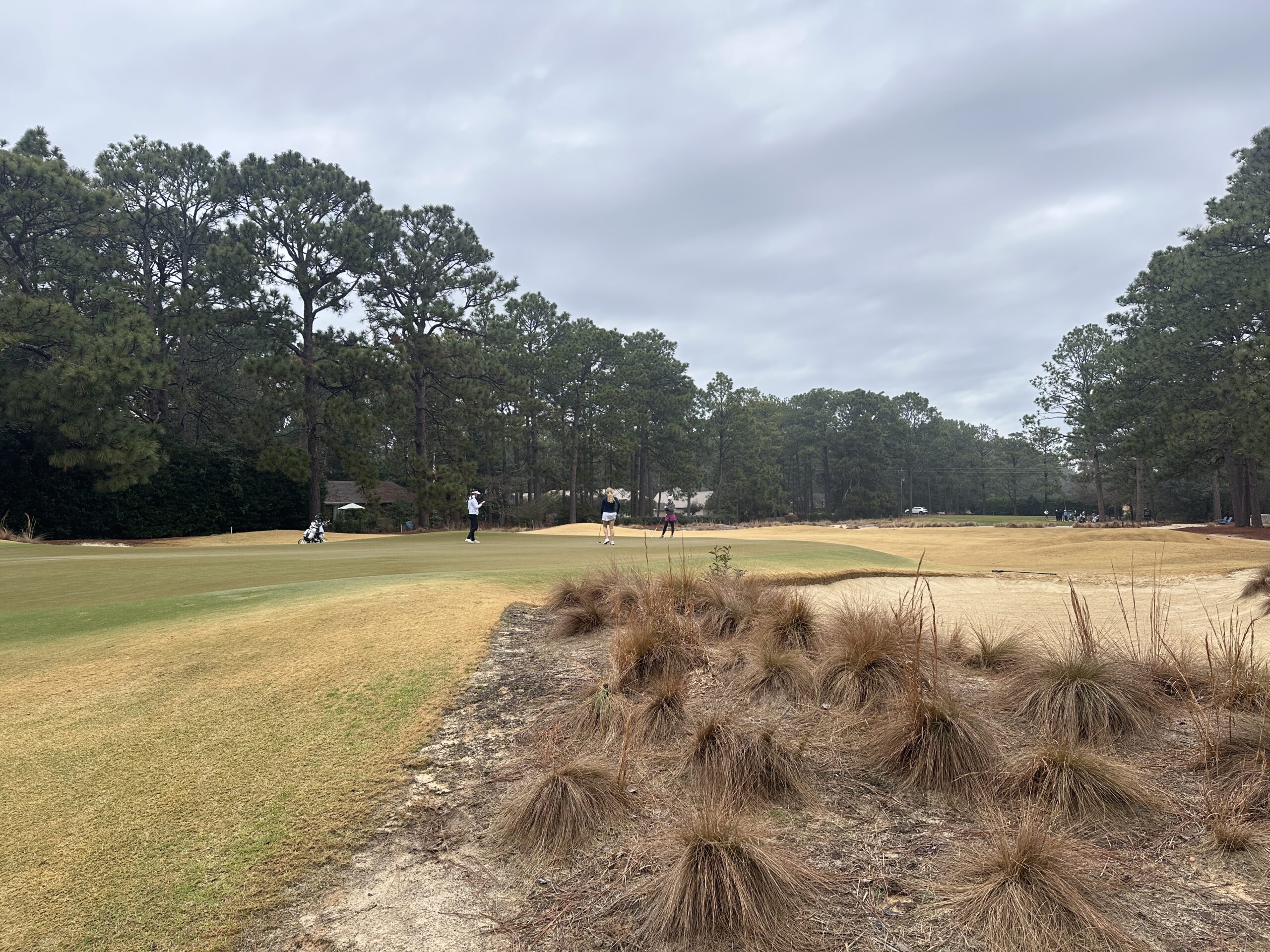

Leave A Comment